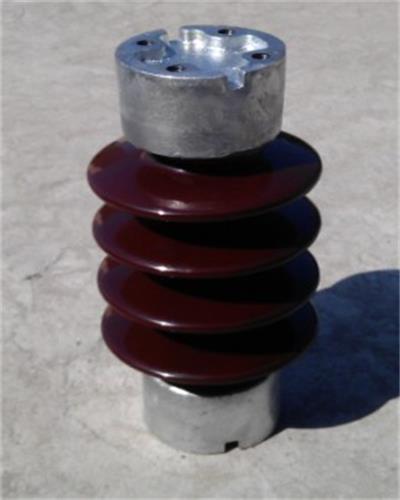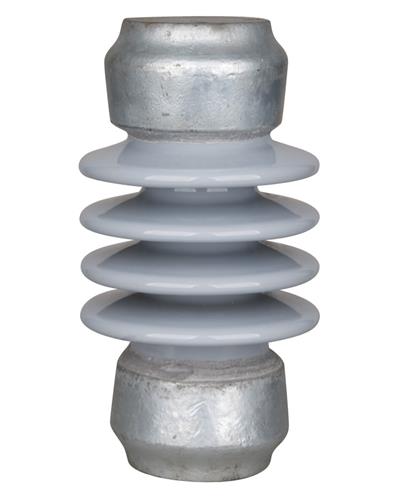In applications such as streetlights, high bay light stadium lighting, and many other high power lighting applications, developments are turning to solid state lighting using LEDs as light sources. This is because of its higher energy efficiency and lower maintenance frequency value, and these two factors also prove the rationality of this conversion.
In such high power lighting applications, various methods are considered for driving these lights. In this article, we will discuss a new topology that is known for driving multiple LED strings with higher efficiency and lower system cost.
To fully understand the advantages of this topology, we must first study the various methods that are now considered for use or that have achieved good results in low-power LED applications.
A simple method is to use a power supply that converts the supply voltage to a DC output voltage (for example, 12 volts or 24 volts); then, let the parallel LED strings operate under this power supply and use resistors in each string To regulate the current. This is a low cost method. However, today's high-brightness LEDs can consume more than 350mA, so this method is extremely lossy. It is less efficient and has a poor current regulation effect, which in turn makes the difference in light between the strings and strings extremely significant.
To improve this method, a linear regulator is needed instead of a resistor to improve the light output consistency of all strings. But this has only one benefit, and there is no significant improvement in efficiency or power consumption. Reducing power consumption is critical to maximizing LED life. In either of these methods, whether a resistor or a linear regulator is used as a fixed heat source, the life of the LED is greatly reduced.
Another equally simple method is to make a long single series string using a single power supply that produces a high voltage DC constant current source. The high voltage operation of this method places it above the 60VDC or 42V RMS Safety Extra Low Voltage (SELV) level. It binds lighting fixtures or accessories to the security agency licensing process and greatly reduces the flexibility to apply the same electrical design to other applications.
Another consideration for the single-string approach is reliability. If only one LED is on, you will release the light output from the entire lighting device. Although there are ways to control each LED to be turned on, for example, by adding many crowbars or devices, this adds cost and complexity to the luminaire.
Porcelain Station Post Insulator according to IEC, ANSI and other standards are used in substations and related switching equipment. Station Post Ceramic Insulator are produced in single piece up to 2300 mm and can operate voltages up to 1100KV in stacked configuration. High Voltage Station Post Insulator are subjected to compression, cantilever and torsional loads during service. Station Post Insulator for high voltagr use semiconductor glazes, so you don't have to worry about salt deposits or corona discharges.
Product Description
1.Material: Porcelain
2.Improved contamination performance
3.Widely applied to the line of different voltage classes
4.With features of good insulation performance
5.Long lasting durability
| MAIN DIMENSIONS AND STANDARD PARTICULARS | |
| Type | C4-125 |
| Creepage distance(mm) | 430 |
| Dry arcing distance(mm) | 200 |
| Cantilever strength(KN) | 4 |
| Tension Strength(KN) | 38 |
| Torsion strength(N.m) | 800 |
| Power frequency flashover wet voltage(KV) | 50 |
| Impulse withstand voltage(KV) | 125 |
| Net weight(KG) | 9 |
| MAIN DIMENSIONS AND STANDARD PARTICULARS | |||
| ANSI Class | TR-205 | TR-208 | TR-210 |
| Creepage Distance/mm | 394 | 610 | 940 |
| Cantilever Strength/kn | 8.9 | 8.9 | 8.9 |
| Tensile Strength/kn | 38 | 44.5 | 53 |
| Torsional Strength/k.m | 791 | 904 | 1130 |
| Compression Strength/kn | 44.5 | 44.5 | 66.7 |
| Low Frequency Dry Flashover Voltage/kv | 85 | 110 | 145 |
| Low Frequency Wet Flashover Voltage/kv | 55 | 75 | 100 |
| Critical Impulse Flashover Voltage, Pos/kv | 125 | 170 | 225 |
| Critical Impulse Flashover Voltage, Neg/kv | 200 | 250 | 290 |
| Low Frequency Dry Withstand Voltage/kv | 50 | 70 | 95 |
| Low Frequency Wet Withstand Voltage/kv | 45 | 60 | 80 |
| Impulse Withstand Voltage/kv | 110 | 150 | 200 |
| Net Weight/kg | 7 | 11 | 16 |
| Applicable Standard | ANSI C29.9 | ANSI C29.9 | ANSI C29.9 |


We warmly welcome friends both domestic and abroad to visit our company, if you have any questions, please contact with us directly.
Station Post Insulator
Station Post Insulator,Station Post Ceramic Insulator,High Voltage Station Post Insulator,Post Insulator For High Voltage
FUZHOU SINGREE IMP.& EXP.CO.,LTD. , http://www.cninsulators.com
